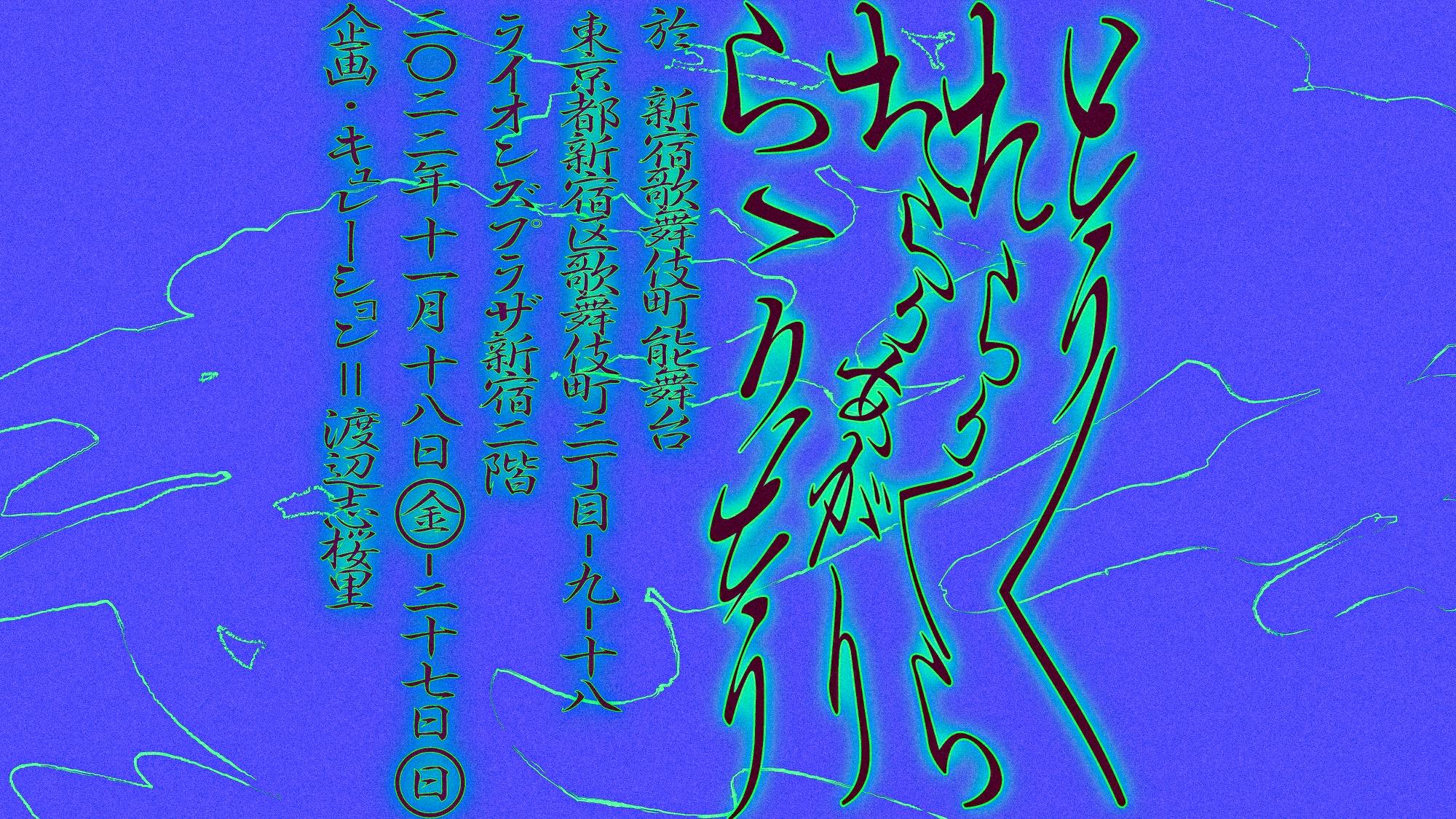


The exhibition titled “Toto-tarari-tarari-rarari-rarari-rarari-tou" is based on the oldest Noh play "Okina”. The exhibition explores a new perspective on nature from a unique standpoint by focusing on "Okina," which is said to be "everything that exists”, and on Noh plays performed by “Jingai”, non-human entities living outside of human realm. A variety of events will be held during the exhibition period, such as a specially re-edited performance of "Shiranui" by Michiko Ishimure, and a series of talks among cultural anthropologists and others. The exhibition thus aims to redefine the widely discussed concept of "ecology" in recent years.
The Noh play “Okina”, beginning with a celebratory chorus of “Toto-tarari-tarari-rarari-rarari-rarari-tou", equivocally embodies divinity such as a form of communication with the other world through the womb, the
cosmic worldview, the mystery of reproduction, or the path of life and death. It has also been passed down through generations as a performance that manifest the domestic view of nature, religion, ideology, and the national view related to the emperor system, which runs through the foundation of all the performing arts.
Inspired by the unique Noh "Okina", this project treats human beings in the equal way as nature, both living and non-living, and fairly refers to multiple sources from folklore, literature, painting, performing arts, and history. It attempts to unravels the ecosystem intricatelyintertwinedbetween spirits, living beings, non-living things, words, and actions, and to excavate ancient cultural strata on which the seed of future ecology would ground.
Historically, Noh performers traveled from village to village to perform the Noh play "Okina”. Dedicating "Okina” in Kabukichō; “a city that you arrive at the end of drifting”, this project seeks to break free from Western subjectivist anthropocentrism, to reconnect the spirits and gods which sleep in the ground, and to quest for ecology rooted in our bodies and lands in the face of climate change and environmental contingency.
Exhibiting the works of not only Japanese and international artists, but also of those from diverse fields and backgrounds which do not necessarily fit into contemporary art, such as food, the Internet, writers, directors, pet shop, flower shop in context with facts related to human history, the environment, and nature, this exhibition presents a distinct world-view.
Furthermore, during the 10-day exhibition period, this project no only features performances of “Okina” and “Shiranui” written by Michiko Ishimure but also holds talk sessions among intelligentsia in various related fields in order to deepen our thoughts from perspectives of both the contemporary and historical, as well as of practices and discourse.
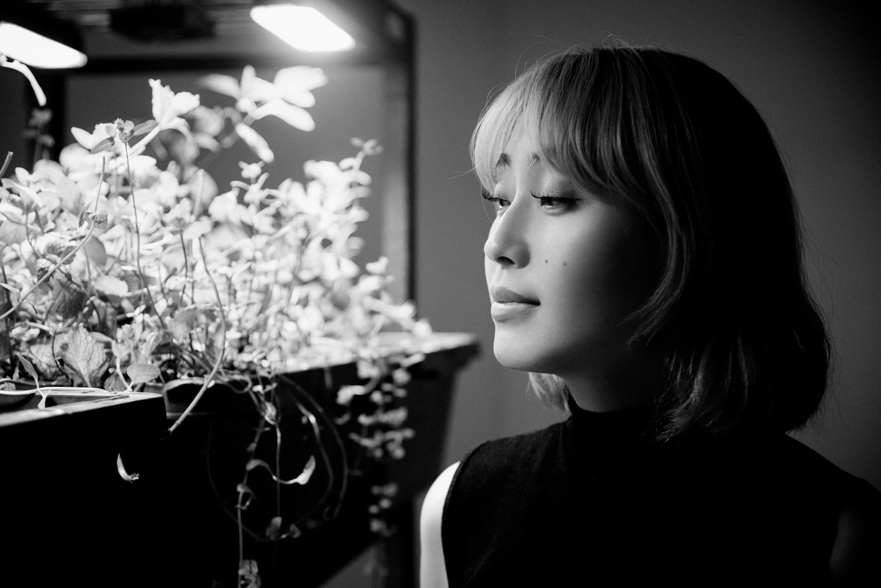
Born in Tokyo in 1984, Watanabe completed her graduate studies at Tokyo University of the Arts in 2017. With use of raw organic and other materials in her research-based works, Watanabe uniquely explores the totality of ecosystem, and examines the emperor system from gender perspective. Her works are closely connected to her background. Watanabe has recently distinguished herself by exhibiting no only at numerous alternative spaces in Tokyo; “Dyadic Stem” (The 5th Floor, 2020), “Bebe” (solo exhibition, White House, 2021), “Kujira” (Decameron, 2022) but also in commercial galleries such as "Non-Human Control" (TAV gallery, 2020), “and Nipponia nippon" (solo exhibition, SYP GALLERY, 2022) . She also participated the art festival "Water Ripple Exhibition 2021"(Mitake Branch, Office of Shibuya Ward Office) hosted by The Watari Museum of Contemporary Art, and nominated for “Women to Watch 2024” (the 7th biennial exhibition program by NMWA) in 2022.
https://watanabe-shiori.tokyo https://www.instagram.com/shiori6876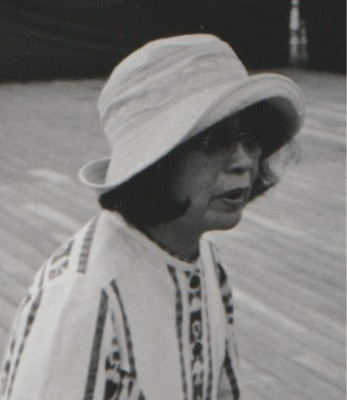
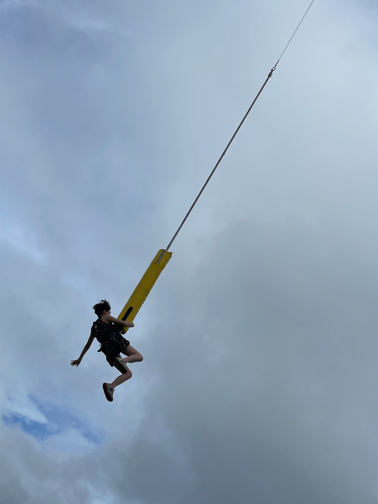 Participating Artists
Participating Artists
Other Exhibited Works
・The sound of Mt. Mihara eruption [used in telephone service]
・Emperor Shōwa "Humanity Declaration” : “A rescript at the beginning of the year, for the promotion of national luck, devoted to peace, improvement of people's welfare, and confusion of ideas, the ties are with trust and respect, my heart, and the people."
・The 14th century Buddhist Scroll, Kusōzu [the Nine phases of the death of a noble lady and the decay of her body]

Assistant curators:
Ryuta Ushiro, Natsuko Odate (Yoshiko Isshiki Office)
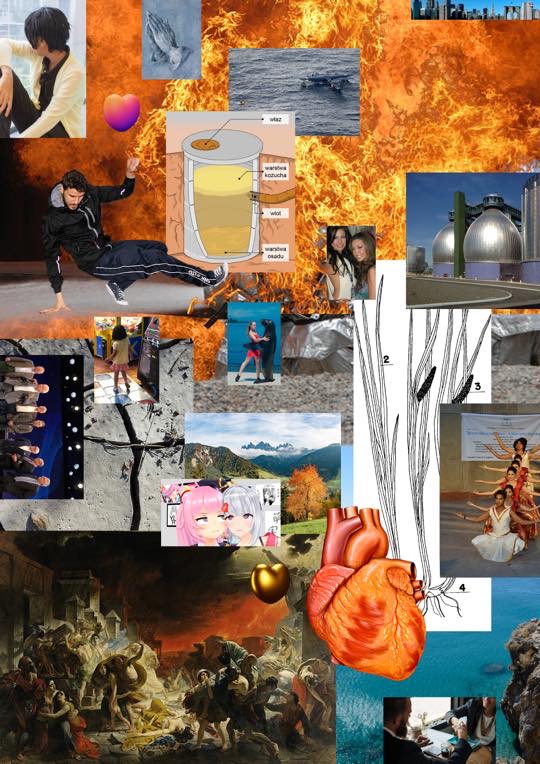
“Toto-tarari-tarari-rarari-rarari-rarari-tou" is the opening chant of "Okina”, and the enigmatic lyrics of the chant are the exhibition title of contemporary art on the Noh stage. Because the concept of this exhibition is to “redefine ecology and ecosystems through the lens of the cosmology of “Okina”, the exhibition program is curated to include "Okina” (Divine chant) performed by a living national treasure Rōsetsu Umewaka on the 19th, and a new Noh play "Shiranui" on the 26th of November in which Noh maestro Rōsetsu Umewaka will play the principal actor.Noh Performances
Moderator: Shiori Watanabe (Curator of this exhibition)
Ticket Fee: 1,500 yen per session (with one drink)
*Location of the talk venue will only be announced to ticket purchasers after purchased.
*Please purchase talk event ticket separately from the exhibition ticket
Tickets are on sale via Peatix from 18:00 on November 7th (Monday)
URL: https://peatix.com/event/3407282
*Please note that the contents of the talks are subject to change without notice.
Place: Near the first venue of the exhibition (*details will only be announced to ticketpurchasers/audiences)
Speakers: Reiji Ando (Literary Critic), Miwa Yanagi (Artist)
Content: Reiji Ando (a researcher of Okina) have a dialogue with Miwa Yanagi (an artist) who has created many works with the theme of elderly women.
Place: Near the first venue of the exhibition (*details will only be announced to ticketpurchasers/audiences)
Speakers: Lisa Komiya Marina (Artist), Noi Sawaragi (Art Critic)
Content:A discussion between Risa Marina Komiya, an artist exhibiting in this project, and art critic Noi Sawaragi.
Place: Near the first venue of the exhibition (*details will only be announced to ticketpurchasers/audiences)
Speakers: Ōko Goto (Curator, Contemporary Art Gallery, Art Tower Mito), Mariko Yoshida (Cultural
Anthropologist)
Content: A discussion on the possibility of future symbiosis with two leading researchers, introducing artists' ideas and practices of symbiosis.
